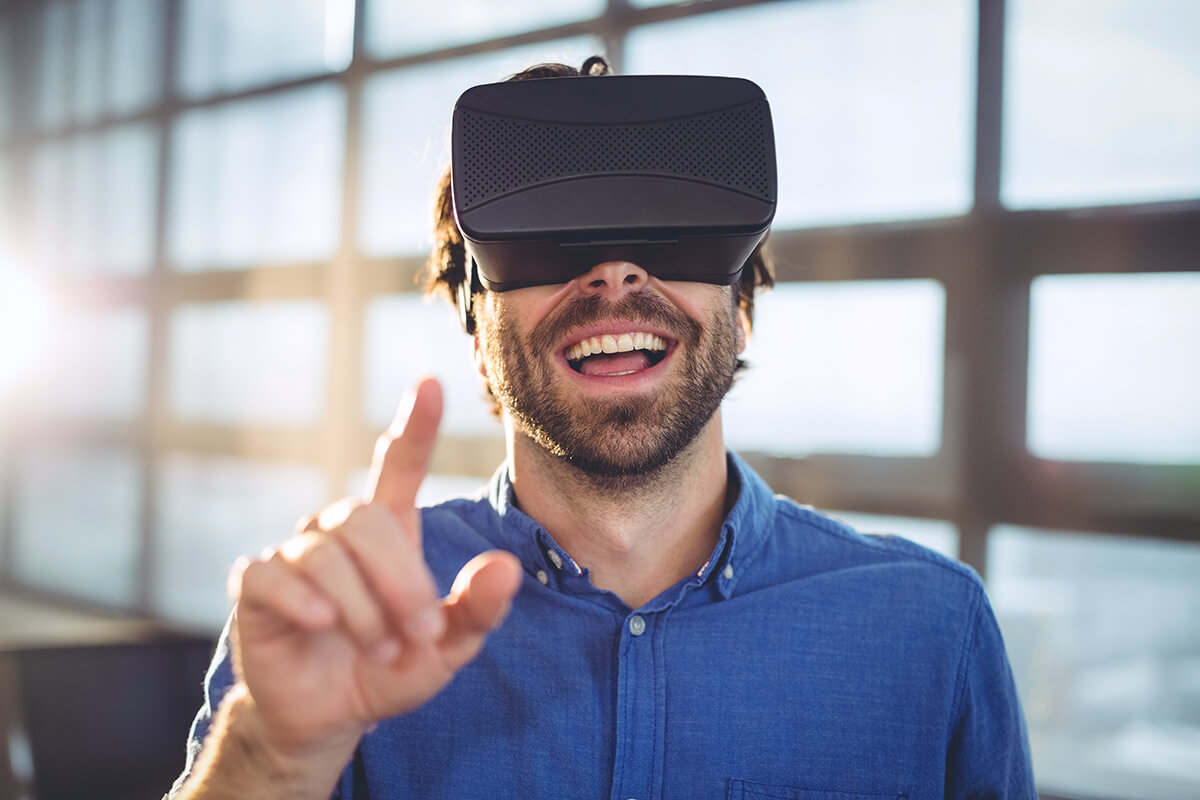There are many challenges for digital marketers as we grapple with constantly changing algorithms, privacy concerns and ad-blind audiences. Luckily, there are just as many opportunities, and digital marketing isn’t showing any signs of slowing down – Gartner’s CMO Spend Survey 2019-2020 found that 78% of CMOs plan to increase their future digital spend despite a downturn in average marketing budgets.
Here are four digital marketing trends we’ll see in 2020 and beyond:
Augmented reality
Online shopping has changed the face of retail, and augmented reality is taking it a step further. In a recent update, Ikea introduced the ability for users to place multiple pieces of virtual furniture in their own homes in their augmented reality Place app. GlassesUSA lets you try on glasses with their Virtual Mirror website function. You can use Sephora’s Virtual Artist app to try on make-up. What’s next? Probably everything. Digital marketers, especially those tasked with selling physical products, will need to embrace augmented reality to stay competitive in a landscape that is increasingly offering unique and convenient digital experiences.
Changing search algorithms
Search algorithms are constantly changing. In October, Google announced that they have updated their algorithm with BERT – a model that helps their search engine understand the context of words in a user’s search query and return better results. In 2020 and beyond, organizations will have to invest in high-quality, authoritative and trustworthy website content to boost rankings and stay relevant through BERT and forthcoming algorithm changes.
Collab fatigue
Influencer marketing has become an increasingly popular digital marketing investment, but will it be a short-lived sensation? Unlikely, but collab fatigue does seem to be setting in. The appeal of influencers is largely their authenticity – followers trust their favorite influencers to promote only the best products on their channels, but they can quickly lose that appeal if they over-do it. We’re already seeing brands utilizing micro-influencers with fewer followers and will continue to see changes as they work to create more meaningful collaborations with influencers of all sizes. While they’re at it, they’ll also have to make sure that they comply to new guidelines released by the FTC in November that encourage transparency.
Political advertising restrictions
Twitter has decided to outright ban political advertising from its platform ahead of the 2020 election, and Google has also introduced new limitations for targeting. Google will still allow political ads on their platforms (which include YouTube and the Google Display Network), but targeting will now be much more basic than it has been in the past and continues to be for other kinds of ads. They say that this will “result in election ads being more widely seen and available for public discussion.” Both companies acknowledge that foreign interference in the elections is a concern driving these changes. So far, Facebook has not announced any such changes, which has garnered criticism from lawmakers, civil rights groups and even their own employees. As the election draws near, we will likely see more platforms making changes in regards to political ads. I suspect that eventually we will also see new restrictions on other kinds of ads as advertising platforms seek to avoid situations that could hurt their reputations.








